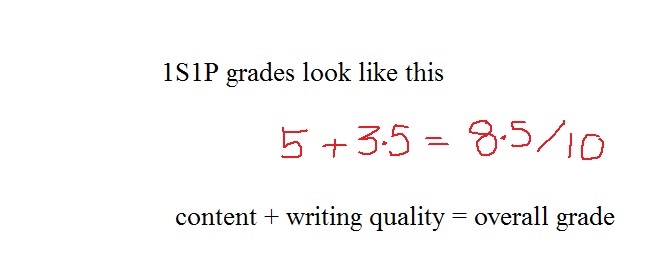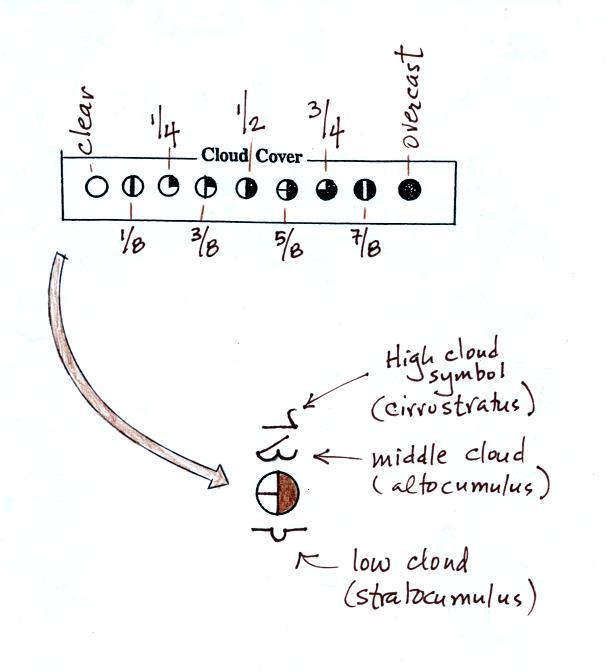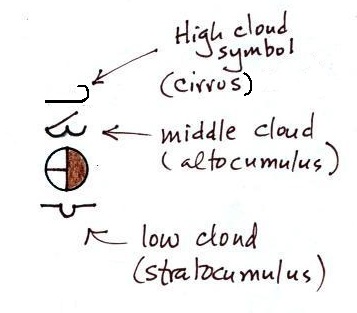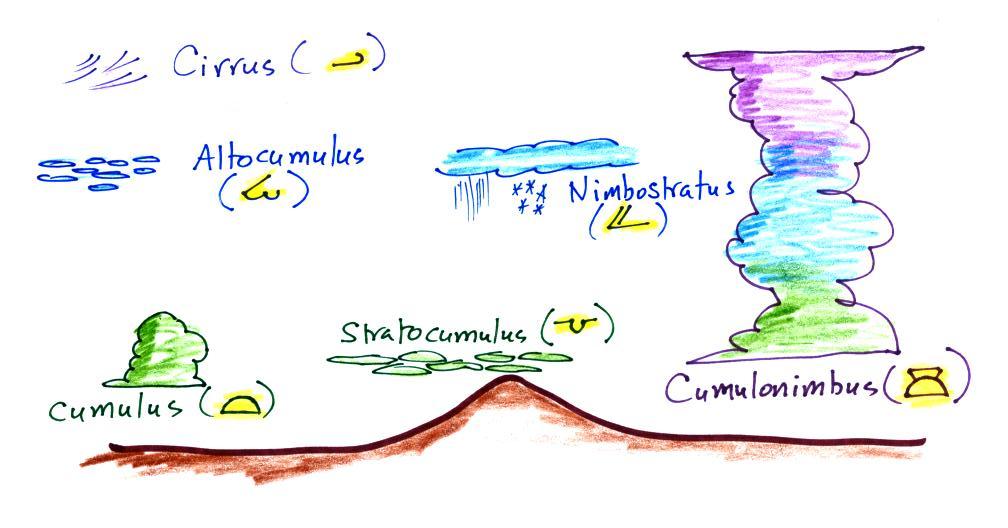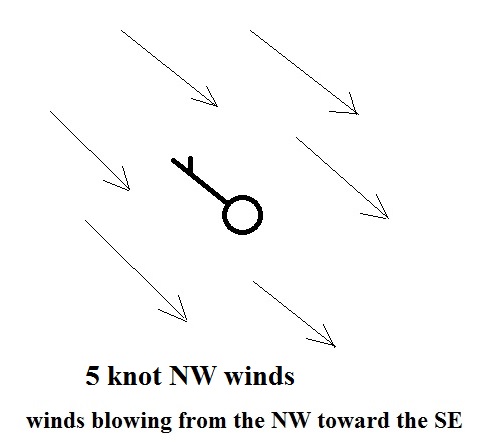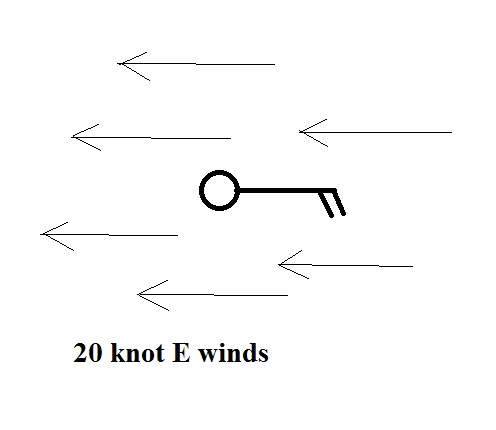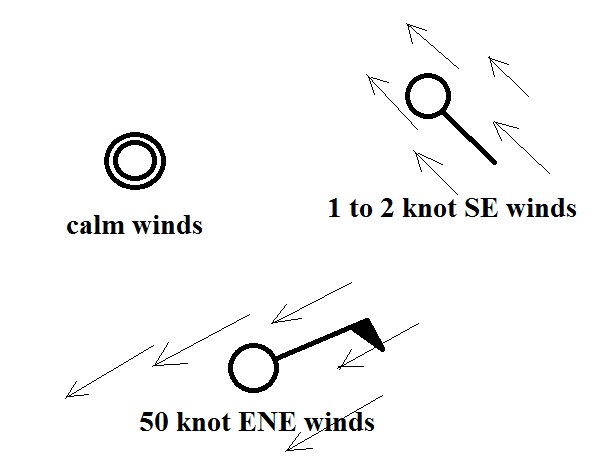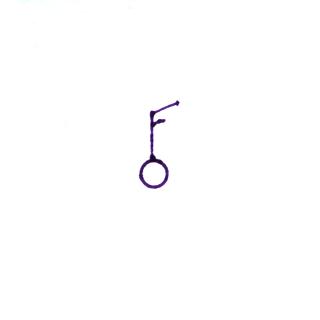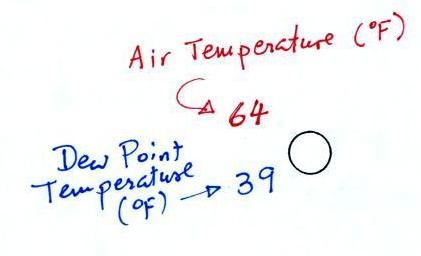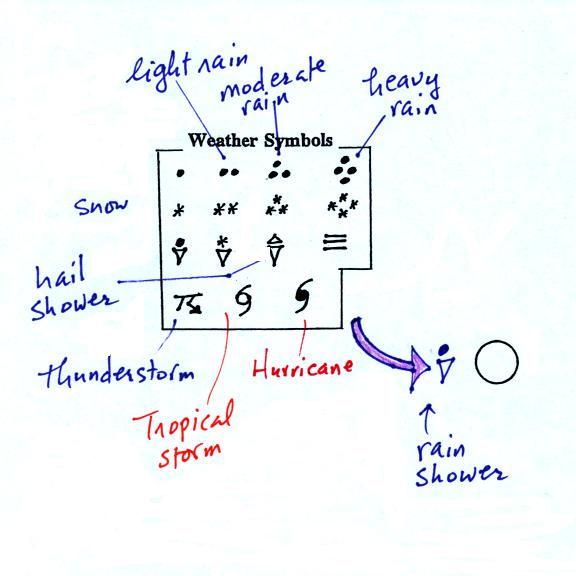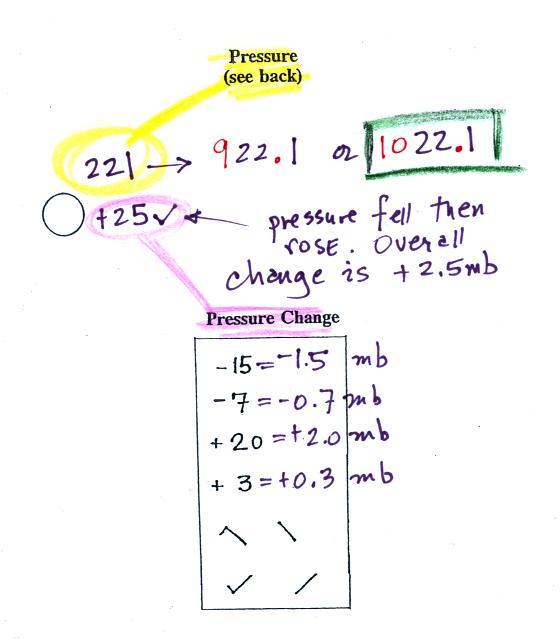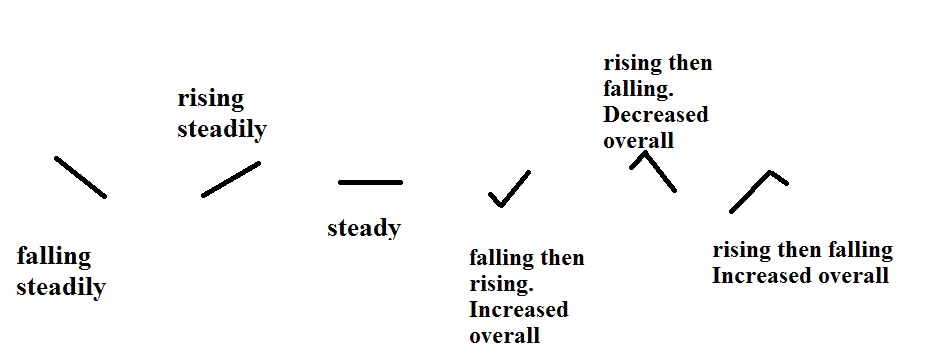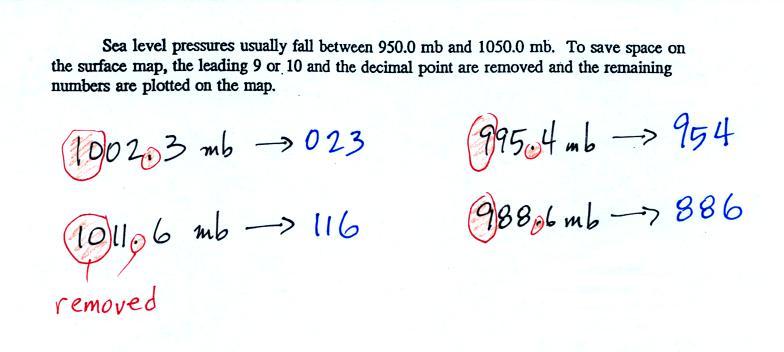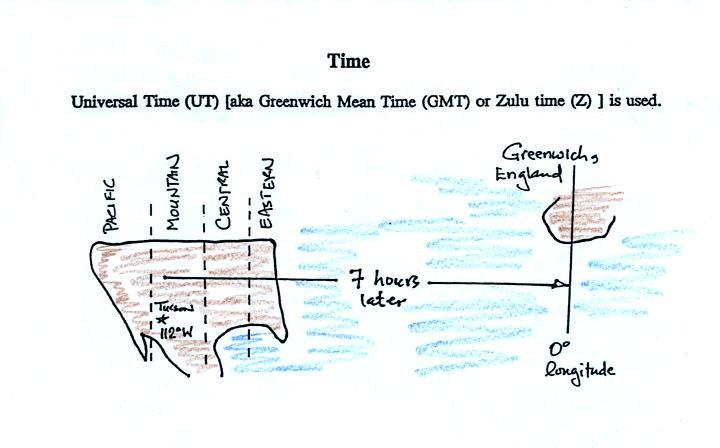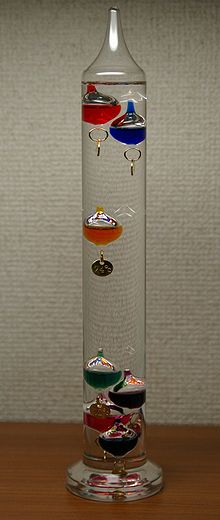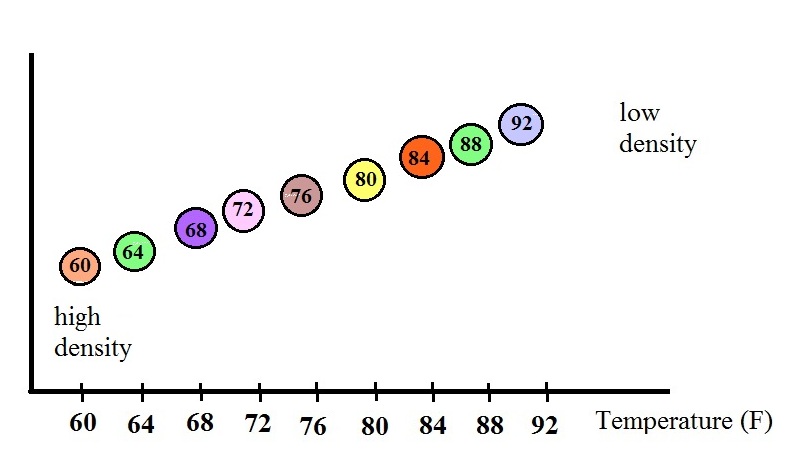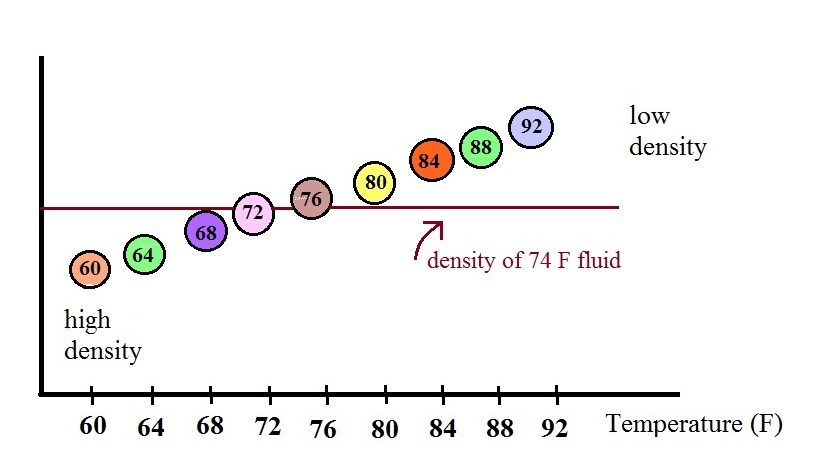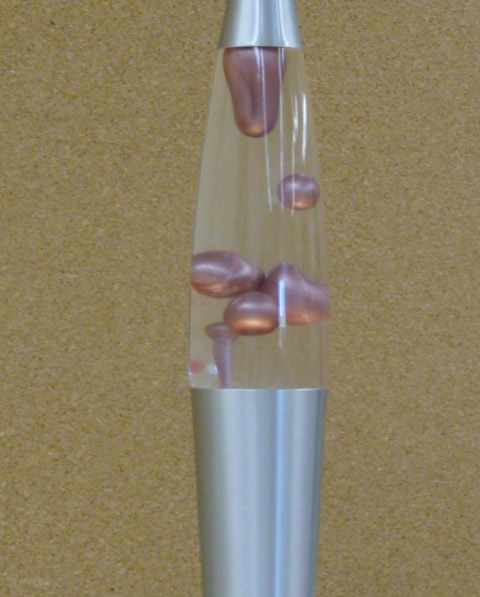Thursday Feb. 12, 2015
Selections from La Santa Cecilia before class today: "La Negra",
"Tainted Love",
a nice version of the Beatles' "Strawberry
Fields", and "Jack"
(3:57).
Materials for Experiment #2 were distributed in class
today. Several people brought back Expt. #1 materials today
(thanks for that) so I'll get the graduated cylinders cleaned up
and stuffed with Expt. #2 instructions and have them in class next
Tuesday.
The 1S1P reports on radon have been graded and were returned
today. Just the radon reports, the reports on carbon dioxide
and the scattering of sunlight are still being graded.
You should see something like this at the top of your
report. You could have earned up to 6 pts on
content and 4 pts on writing quality. The grade above is
about average. Don't think of 8.5 out of 10 as an 85% or a B
or anything like that. Think of it as you now have 8.5 pts
and need 36.5 more points to reach 45 1S1P points (the
maximum number of points allowed) by the end of the semester
.
Quiz #1 is Thursday next week and the Quiz #1 Study Guide is
now available. Reviews are scheduled for Tue. and Wed.
afternoon next week (see the study guide for times and locations).
We're starting a new topic today - weather
maps and some of what you can learn from them.
We began by learning how weather data are entered onto
surface weather maps.
Much of our weather is produced by relatively large (synoptic
scale) weather systems - systems that might cover several
states or a significant fraction of the continental US.
To be able to identify and characterize these weather systems
you must first collect weather data (temperature, pressure,
wind direction and speed, dew point, cloud cover, etc) from
stations across the country and plot the data on a map.
The large amount of data requires that the information be
plotted in a clear and compact way. The station model
notation is what meteorologists use.
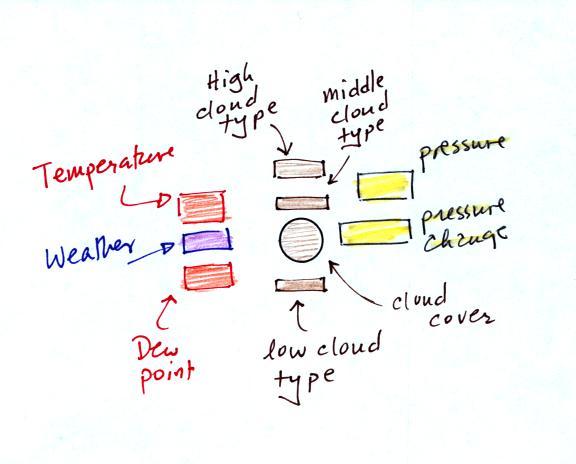
A small circle is plotted on the
map at the location where the weather measurements were
made. The circle can be filled in to indicate the amount
of cloud cover. Positions are reserved above and below
the center circle for special symbols that represent different
types of high, middle, and low altitude clouds. The air
temperature and dew point temperature are entered to the upper
left and lower left of the circle respectively. A symbol
indicating the current weather (if any) is plotted to the left
of the circle in between the temperature and the dew point;
you can choose from close to 100 different weather symbols (on
a handout distributed in class). The pressure is plotted
to the upper right of the circle and the pressure change (that
has occurred in the past 3 hours) is plotted to the right of
the circle.

An example of a
surface map like was shown in class today is shown above
(this is the 1 pm MST map for Feb. 12). Maps like
this are available here.
The entry for Tucson has been cut out, enlarged slightly,
and pasted in below.
The 1 pm MST weather conditions for Tucson. The
temperature was 69 F, the dew point temperature 31 F,
winds were from the ESE at 20 knots, skies were clear
and the pressure (sea level) is 1019.6 mb.
We worked through this material one step at a time (refer
to p. 36 in the photocopied ClassNotes). The figures
below should be very similar if not identical to those in
class today.
The center circle is filled in to indicate the portion of the
sky covered with clouds (estimated to the nearest 1/8th of the
sky) using the code at the top of the figure (which you can
quickly figure out). 5/8ths of the sky is covered with
clouds in the lower example above.
In addition to the amount of cloud coverage, the actual types
of clouds present (if any) can be important. Cloud types can
tell you something about the state of the atmosphere. We'll
learn to identify and name clouds later in the semester and will
just say that clouds are classified according to altitude and
appearance.
Positions are reserved above and below the station
model center circle for high, middle, and low altitude cloud
symbols. Six cloud types and their symbols are shown
above. Purple represents high altitude in this
picture. Clouds found at high altitude are composed
entirely of ice crystals. Low altitude clouds are green
in the figure. They're warmer than freezing are composed
of just water droplets. The middle altitude clouds in
blue are surprising. They're composed of both ice
crystals and water droplets that have been cooled below
freezing but haven't frozen.
There are many more cloud symbols than shown here
(click here
for a more complete list of symbols together with photographs of
the different cloud types)
We'll consider winds next.
A straight line extending out from the center circle shows the
wind direction. Meteorologists always give the direction the
wind is coming from.
In the example above the winds (the finely drawn arrows) are
blowing from the NW toward the SE at a speed of 5 knots. A
meteorologist would call these northwesterly winds.
Small "barbs" at the end of the straight line give the wind
speed in knots. Each long barb is worth 10 knots, the short
barb is 5 knots. The wind speed in this case is 5
knots.
Knots are nautical miles per hour. One nautical
mile per hour is 1.15 statute miles per hour. We won't worry
about the distinction in this class, we will just consider one
knot to be the same as one mile per hour.
It's fine with me in an example like this if you say the winds are
blowing toward the SE as long as you include the word toward.
Winds blowing from the east at 20 knots.
A few more examples of wind directions (provided the wind is
blowing) and wind speeds. Note how 50 knots winds are
indicated.
Here are four more examples to practice with. Determine
the wind direction and wind speed in each case. Click here for the answers.
The air temperature and dew point temperature are found to the
upper left and lower left of the center circle, respectively.
Dew point gives you an idea of the amount of
moisture (water vapor) in the air. The table
below reminds you that dew points range from the mid 20s to the
mid 40s during much of the year in Tucson. The air is
supposed to dry out next week. You'll probably notice a
change if dew points drop into the 30s or 40s.
Dew points rise into the upper 50s and 60s during the summer
thunderstorm season (the dew point reached 70 F last week as the
remnants of Hurricane Odile were passing through, that's about
as moist as it ever gets in Tucson. Dew points are in the
10s, and may even drop below 0 during dry periods in Tucson.
Dew Point Temperatures
(F)
|
|
70s
|
common in many parts of the US in the
summer
|
50s
& 60s
|
summer T-storm season in Arizona
(summer monsoon)
|
20s,
30s, 40s
|
most of the year in Arizona
|
10s
or below
|
very dry conditions
|
And maybe the most interesting
part.
A symbol representing the weather that is currently occurring
is plotted to the left of the center circle (in between the
temperature and the dew point). Some of the common weather
symbols are shown. There are about 100
different weather symbols that you can choose from.
There's no way I could expect you to remember all of
those weather symbols.
The pressure data is usually the most confusing and most
difficult data to decode.
The sea level pressure is shown above and to the right of the
center circle. Decoding this data is a little "trickier"
because some information is missing. We'll look at this in
more detail momentarily.
Pressure change data (how the pressure has changed during
the preceding 3 hours) is shown to the right of the center
circle. Don't worry much about this now, but it may come up
in a week or two.
The figures below show the pressure tendency, they are a record of
how pressure has been changing during the past 3 hours.
Again this is something we might use when trying to
locate warm and cold fronts on a surface weather map.
Don't worry too much about it now.
Here's what you need to know about the pressure
data.

Meteorologists hope to map out small horizontal pressure changes
on surface weather maps. It is these small pressure
differences that produce wind and storms. Pressure changes
much more quickly when moving in a vertical direction. The
pressure measurements are all corrected to sea level altitude to
remove the effects of altitude. If this were not done large
differences in pressure at different cities at different altitudes
would completely hide the important but smaller horizontal
changes.
In the example above, a station pressure value of 927.3 mb was
measured in Tucson. Since Tucson is about 750 meters above
sea level, a 75 mb correction is added to the station pressure (1
mb for every 10 meters of altitude). The sea level pressure
estimate for Tucson is 927.3 + 75 = 1002.3 mb. This sea
level pressure estimate is the number that gets plotted on the
surface weather map.
Do you need to remember all the
details above and be able to calculate the exact correction
needed? No. You should remember that a
correction for altitude is needed. And the correction needs
to be added to the station pressure. I.e. the sea-level
pressure is higher than the station pressure.
The calculation above is illustrated below.

To save room, the full 1002.3
mb value wouldn't be plotted on a surface map. Here are
some examples of coding and decoding the pressure data.
First of all we'll take some sea level
pressure values and show what needs to be done before the
data is plotted on the surface weather
map. Here are more examples than we did in
class.
Sea level pressures generally fall between
950 mb and 1050 mb. The values always start with a 9 or
a 10. To save room, the leading 9 or 10 on the sea level
pressure value and the decimal point are removed before
plotting the data on the map. For example the 10 and the decimal pt in 1002.3 mb would be removed; 023
would be plotted on the weather map (to the upper right of the
center circle). Some additional examples are shown
above.
Here are 3 more examples for you to try (you'll
find the answers at the end of today's notes):
1035.6 mb
990.1 mb
1000 mb
You'll mostly have to go the other direction. I.e.
read the 3 digits of pressure data off a map and figure out
what the sea level pressure actually was. This is
illustrated below.
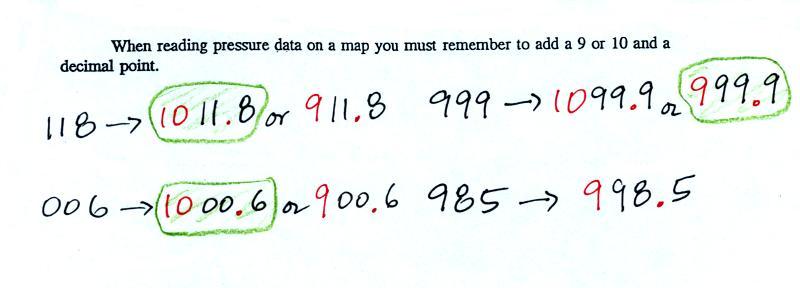
Here are a few more examples to try (answers are at the end of
today's notes)
422
800
990
Another important piece of information on a
surface map is the time the observations were collected.
Time on a surface map is converted to a universally agreed upon
time zone called Universal
Time (or Greenwich Mean Time, or Zulu time). That is
the time at 0 degrees longitude, the Prime
Meridian. There is a 7 hour time zone difference between
Tucson and Universal Time (this never changes
because Tucson stays on Mountain Standard Time year round).
You must add 7 hours to the time in Tucson to obtain
Universal Time.
Here are several examples of
conversions between MST and UT. Most of these weren't
done in class
to convert from MST (Mountain Standard Time) to UT
(Universal Time)
10:20 am MST:
add the 7 hour time
zone correction ---> 10:20 + 7:00 = 17:20 UT
(5:20 pm in Greenwich)
2:45 pm MST :
first convert to
the 24 hour clock by adding 12 hours 2:45 pm MST + 12:00
= 14:45 MST
then add
the 7 hour time zone correction ---> 14:45 + 7:00 =
21:45 UT (7:45 pm in England)
7:45 pm MST:
convert to the 24
hour clock by adding 12 hours 7:45 pm MST + 12:00 = 19:45
MST
add the 7 hour time zone correction ---> 19:45 + 7:00 = 26:45
UT
since this is greater than 24:00 (past midnight) we'll subtract
24 hours 26:45 UT - 24:00 = 02:45 am the next
day
to convert from UT to MST
17Z:
subtract the 7 hour
time zone correction ---> 17:00 - 7:00 = 10:00 am MST < - -
this is the
example we worked in class (I think)
02Z:
if we subtract the
7 hour time zone correction we will get a negative number.
So we will first add 24:00 to 02:00 UT then subtract 7 hours
02:00 + 24:00 = 26:00
26:00 - 7:00 = 19:00 MST on the previous day
2 hours past midnight in Greenwich is 7 pm the previous day
in Tucson
Then some applications of what we learned on
Tuesday having to do with warm air (low density air) rising and
cold air (high density air) sinking and Archimedes'
principle. The first is a Galileo thermometer. It's
a fairly new acquisition of mine.
The figure above comes from an
interesting and informative article in Wikipedia.
The fluid in the thermometer will expand slightly if it
warms. It will shrink when it cools. The
changes in the volume of the fluid will change the fluid's
density. This is the key part of why the thermometer works.
The graph above shows how the fluid density might change depending
on temperature. Note lower densities are found near the top
of the graph.
The colored balls in the thermometer all
have slightly different densities. They also have little
temperature tags. The 60 F ball has a density equal to the
density of the fluid at 60 F. The 64 F ball has a
slightly lower density, the density of the fluid when it has
warmed to 64 , and so on. The densities of the balls or
floats don't change.
As an example we will that the fluid in the thermometer
has a temperature of 74 F. That's the horizontal line in the
figure above at left. The 60, 64, 68, and 72 F balls will
all have densities higher than the fluid (they lie below the 74F
line in the graph above) and will sink. The remaining balls
have densities lower than the fluid and will float. The
figure above at right shows what you'd see. The 76, 80, 84,
88, and 92 balls would be up near the top, the others at the
bottom.
The second demonstration was completely different. It was a
"Lava Lamp." Here's a photo
It's a little hard to visualize in a still picture, but the
pinkish "blobs" are melted wax and they rise and sink in the clear
liquid in the lamp. Here's
a pretty good video of the lamp in operation. It's
really just a demonstration of free convection.
The figure below shows free convection in the atmosphere (this
figure also appeared in Tuesday's notes)
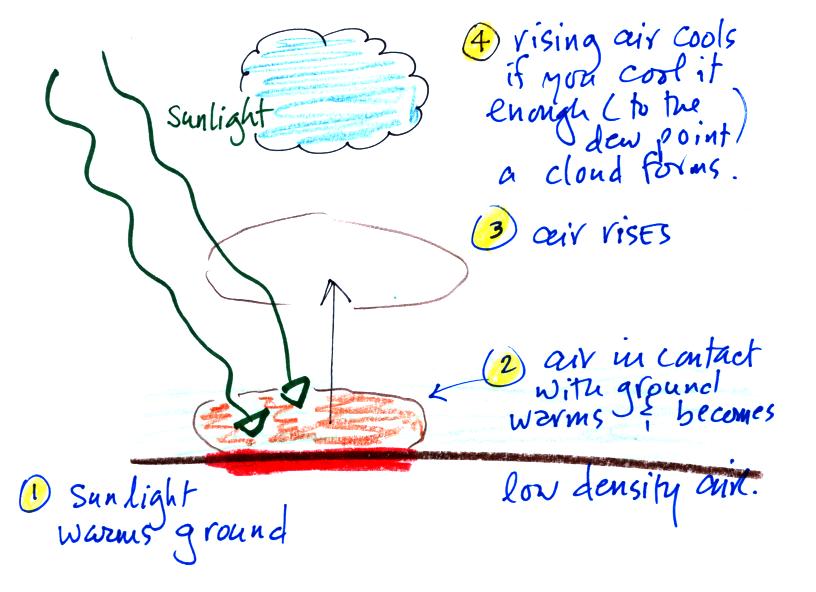
Sunlight shines through the atmosphere. Once it reaches the
ground at (1) it is absorbed and warms the ground. This in
turns warms air in contact with the ground (2) As this air
warms, its density starts to decrease. When the density of
the warm air is low enough, small "blobs" of air separate from the
air layer at the ground and begin to rise, these are called
"thermals." (3) Rising air expands and cools (we've haven't
covered this yet and it might sound a little contradictory).
If it cools enough (to the dew point) a cloud will become visible
as shown at Point 4. Many of our summer thunderstorms start
this way (convective thunderstorms).
In the case of the lava lamp its a wax mixture (wax and something
else to make it's density just slightly higher than the liquid in
the lamp). The wax is heated from below by a lightbulb
(hidden inside the silver housing). The wax warms, melts,
expands and its density decreases enough that it floats
upward. As it moves away from the source of heat it cools,
its density increases and it sinks back to the bottom of the
lamp. The lava lamp just makes it a little easier to see
convection.
Answers to the questions about coding and decoding
surface weather map pressure data embedded in today's notes:
Coding pressures (you must remove the leading 9 or 10 and the
decimal point.
1035.6 mb ---> 356
990.1 mb ---> 901
1000 mb = 1000.0 mb ---> 000
Decoding pressures (you must add a 9 or a 10 and a decimal
point) and pick the value closest to 1000 mb.
422 ---> 942.2 mb or 1042.2 mb ---> 1042.2 mb
800 ---> 980.0 mb or 1080.0 mb ---> 980.0
mb
990 ---> 999.0 mb or 1099.0 mb ---> 999.0
mb
